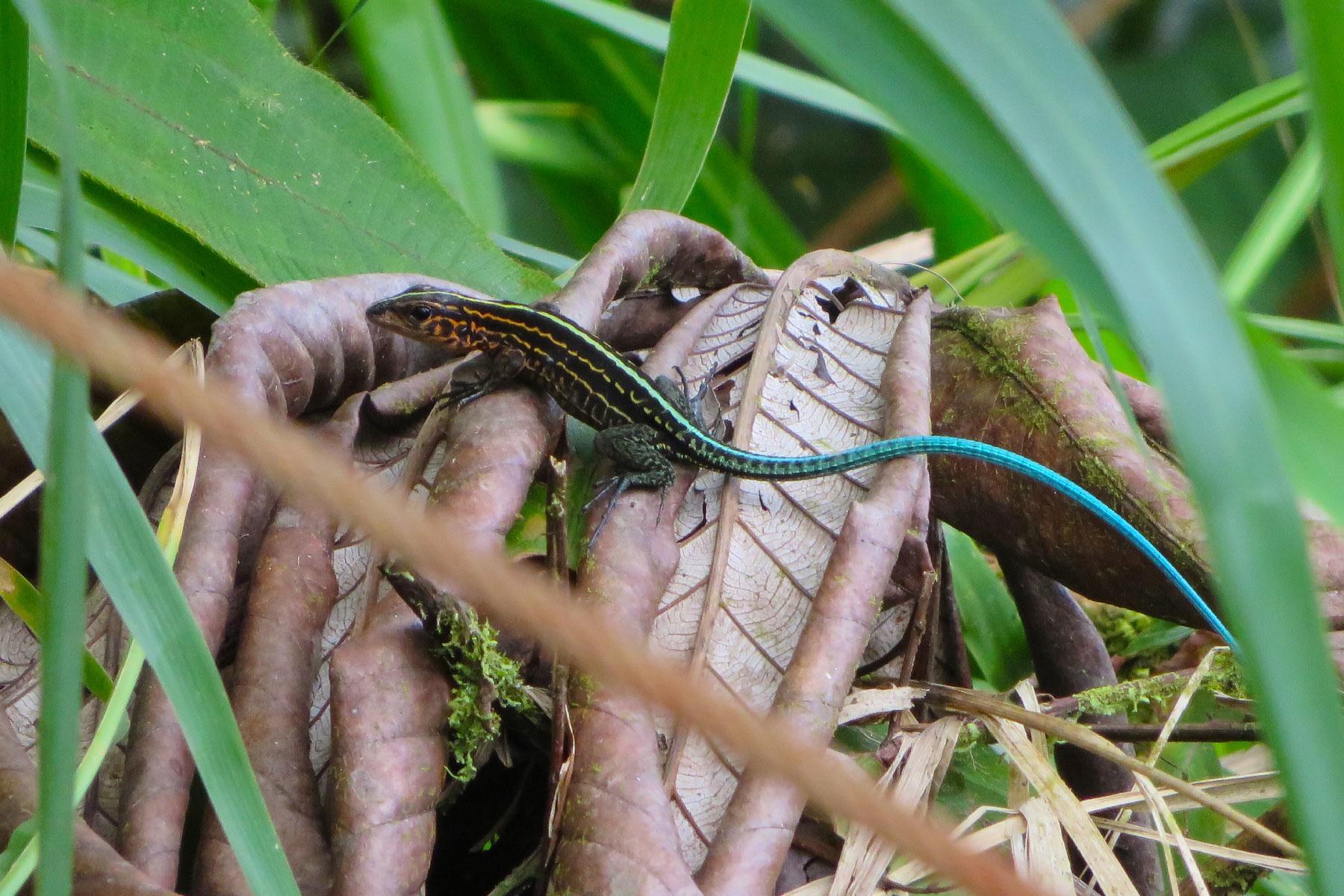Here’s a sampling of a dozen of the creatures you’ll see while exploring the cloudforest surrounding Mashpi.
While the Galapagos may spring to mind as the place to see wildlife in Ecuador, Mashpi Lodge is where you come to discover. And it’s true; up in the misty Andean cloudforest, with the sound of trees ruffling in the breeze and the sunshine angling its way in ethereally, guests heading out on nature walks are giddy as kids on a field trip. Here’s a sampling of a dozen of the creatures you’ll see while exploring the forest surrounding Mashpi.




